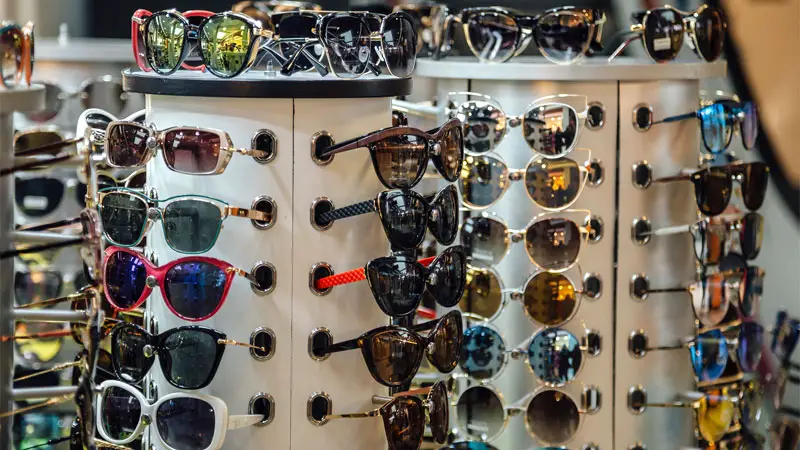Whether you wear your sunglasses at night or reserve their use for the noonday sun, there’s no denying the usefulness of a nice pair of shades. These days, you can purchase them in all shapes and sizes, including ones that simply clip onto your regular glasses.
But what you may not be aware of is how different types of sunglasses can do different things, all while protecting your eyes from bright light.
The following 13 types of sunglasses cover a wide range of functions and styles. Perhaps you’ve heard of them all, or maybe you’ll find that one elusive type that’s been precisely what you need.
See Also: 27 Different Kinds of Makeup
Types of Sunglasses
1. Clip-On Sunglasses
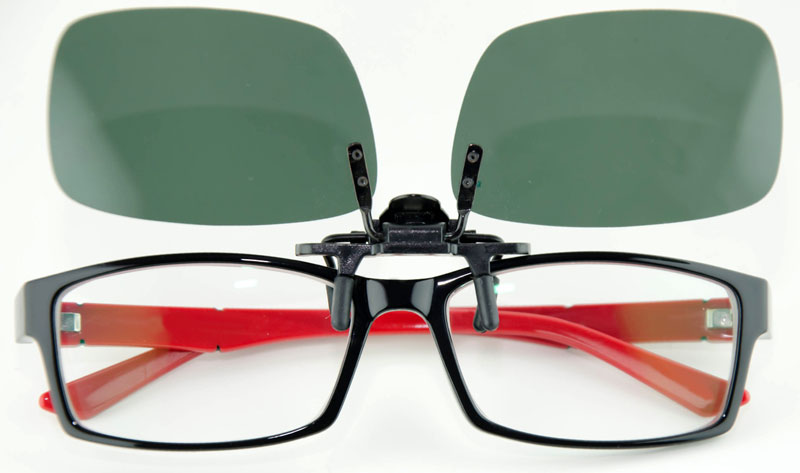
One of the most useful innovations for prescription wearers is the advent of clip-on sunglasses. These rimless lenses are designed to clip onto your prescription frames at the bridge.
As a result, you can instantly switch from regular glasses to sunglasses with a single finger. The lenses may be of almost any style, which means you can choose clip-ons that match your mood, outfit, or activities.
2. Colored Lens
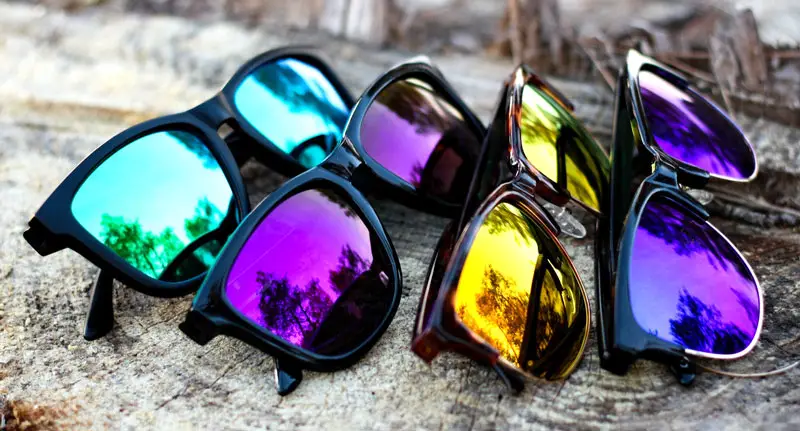
Sunglasses that have colored lenses can reduce eye strain and decrease glare. However, the colors are more than a mere fashion statement, as they can have different effects. Brown, green, and grey lenses won’t cause color distortion while still protecting the eyes.
Amber, orange, and yellow improve contrast but can distort colors. Red and rose improve contrast but greatly distort colors, which is why the phrase “seeing the world through rose colored glasses” is so appropriate for describing someone whose perception of reality is oversimplified or warped.
See Also: 7 Types of Bowling Games to Try
3. Framed Sunglasses
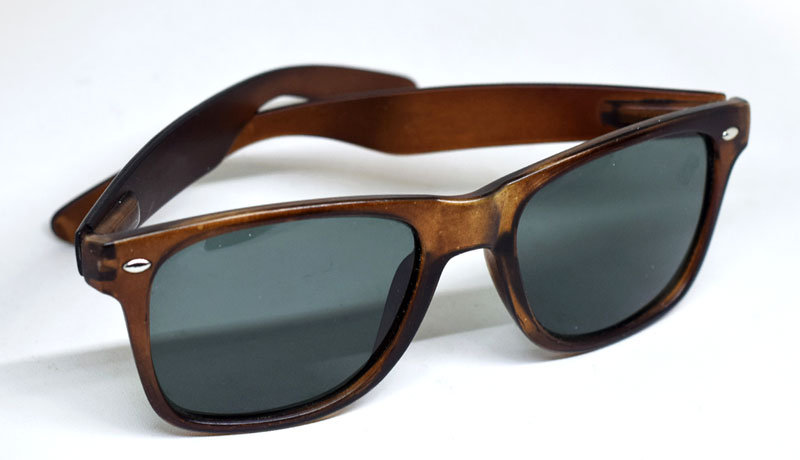
An entire article could be written on the types of frames out there, but suffice it to say, framed sunglasses won’t soon be replaced by clip-ons. Some frames wrap all the way around the lenses, some only attach at the top.
Some frames are thick and sturdy while others are wire thin. Whether you choose plastic or metal frames, the different options in frame shape can be used to compliment the angles or curves of your face.
4. Glass Lens
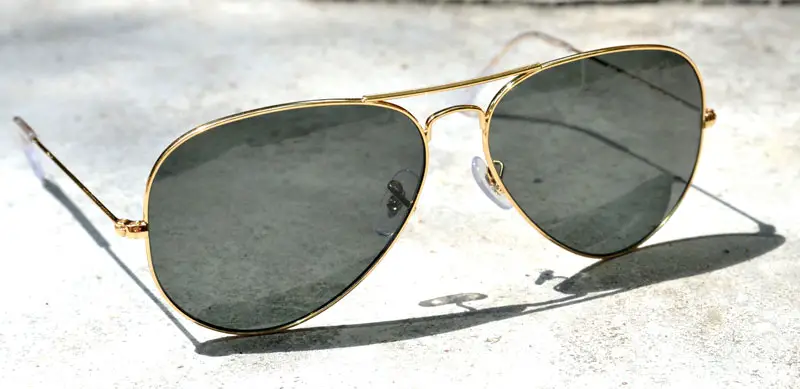
Just when you thought plastic was king, you drop your pair of Ray-Bans and they’re instantly covered in scratches. Not so with glass lenses. Sunglasses that have glass lenses have superior visibility and are far more difficult to scratch.
However, they’re heavier and can crack or shatter if hit hard enough. You will also need to make sure the lenses are coated or the glass will only provide minimal UV protection.
5. Gradient Lens
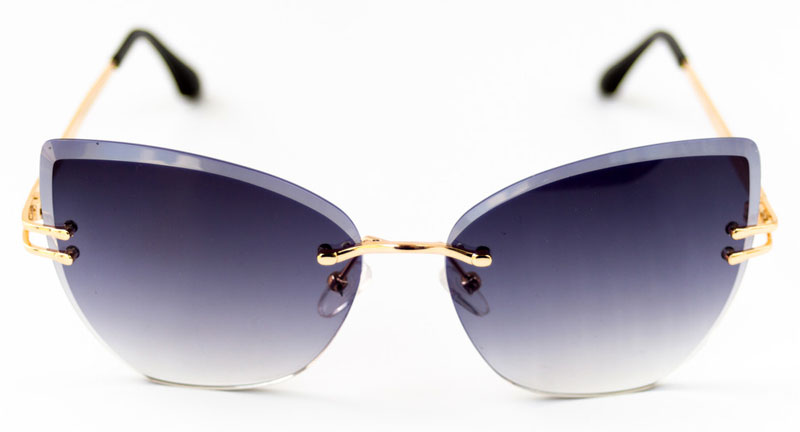
The bifocals of the sunglasses world, gradient lenses are darkest at the top and fade as you go down. Many people like these sunglasses because it makes them feel stylish, but the gradient is actually functional.
When driving, for example, the upper part helps reduce solar glare while the bottom doesn’t hinder your vision of the car’s interior.
6. Mirrored Lens
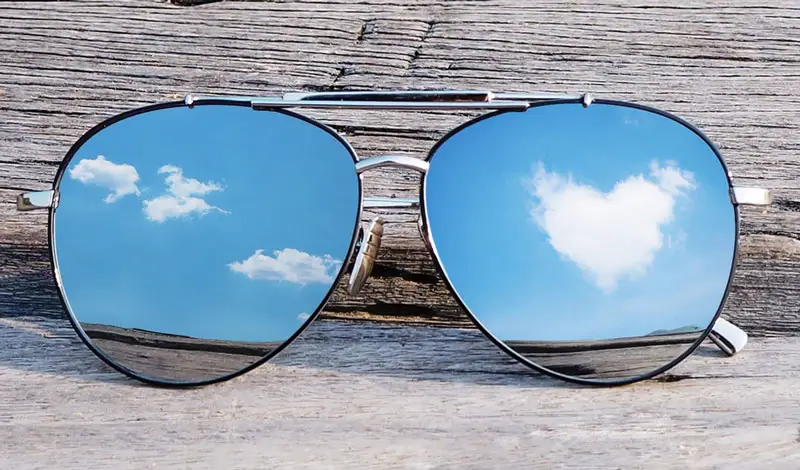
They say the eyes are a window unto the soul, but anyone trying to peep will just see themselves if you’re wearing mirror lens sunglasses. The mirrored surface does more than prevent your loved one from knowing you fell asleep in your hammock, however.
Its reflective surface actually repels light more efficiently than tinted lenses and tends to be quite durable.
The lower levels of light entering the eye also mean an improved field of vision, and you can get prescription tinted lenses so you can replace your regular glasses outdoors without things getting blurry.
Related: 11 Types of Mirrors
7. Photochromic Lens
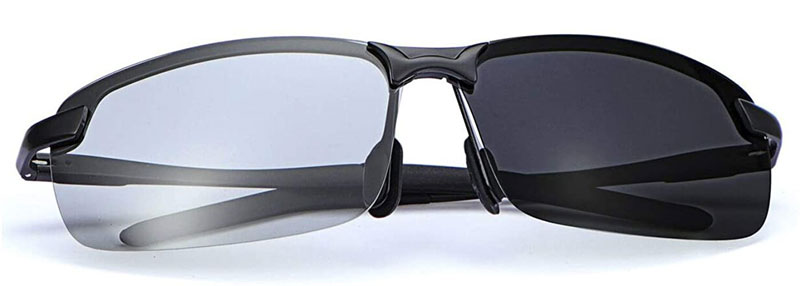
Chances are, you’ve seen this type of sunglasses quite often without realizing it. Photochromic lenses are often used for prescription glasses and remain clear indoors.
However, once you walk out into a bright light, the lenses darken, turning your glasses into sunglasses instantly.
8. Plastic Lens
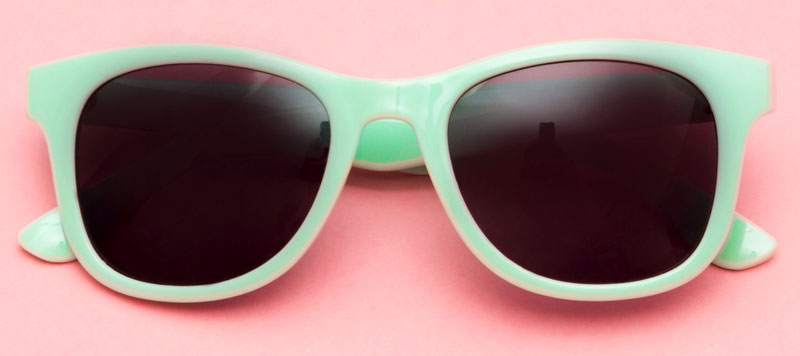
Perhaps the most common lens type in sunglasses, plastic lenses won’t shatter like glass and offer better clarity than polycarbonate at a much lower price. Unfortunately, you get what you pay for, and plastic lenses are notoriously easy to scratch.
They also need to be coated to provide any UV protection. Plastic lenses are often tinted, allowing regular glasses to double as sunglasses. Your dentist may even hand you a pair during your next cleaning.
See Also: 15 Different Types of Yo-Yos
9. Polarized Lens
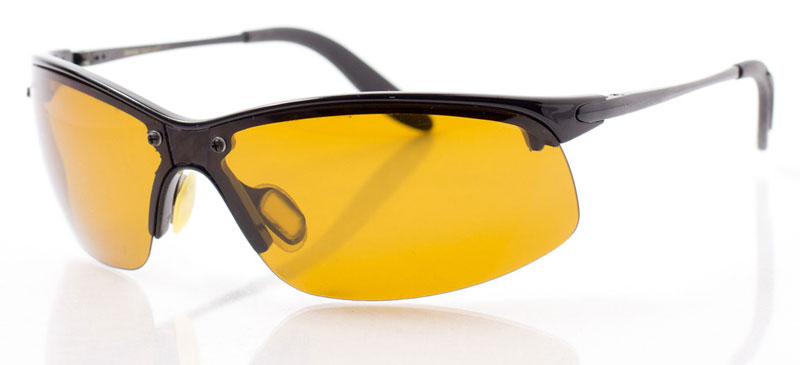
Designed to help reduce eye strain, polarized lens sunglasses are highly popular in sports and occupations where glare can affect your vision.
They’re great at the beach or in snowy settings, but are also often used by drivers to help them see the road on sunny days. They can be purchased in a range of colors, with darker shades creating a more polarized effect.
Wearing these can also allow you to see colors more clearly, making them perfect for vacations in exotic locations.
10. Polycarbonate Lens
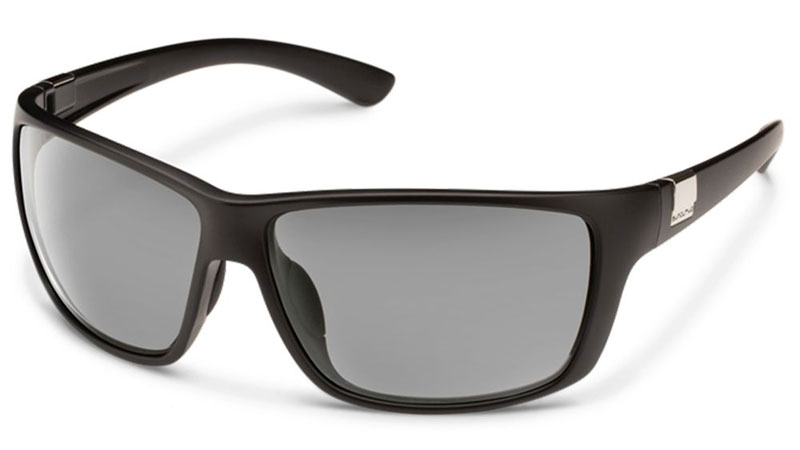
Highly popular in the 1980s, polycarbonate lenses are not as common in sunglasses now but can be found in safety lenses, goggles, and both glasses and sunglasses for kids.
The material is ten times stronger than glass but without the shatter risk. It also automatically gives 100 percent UV protection without needing an additional coating, making polycarbonate sunglasses one of the best choices for daily wear.
11. Reading Sunglasses
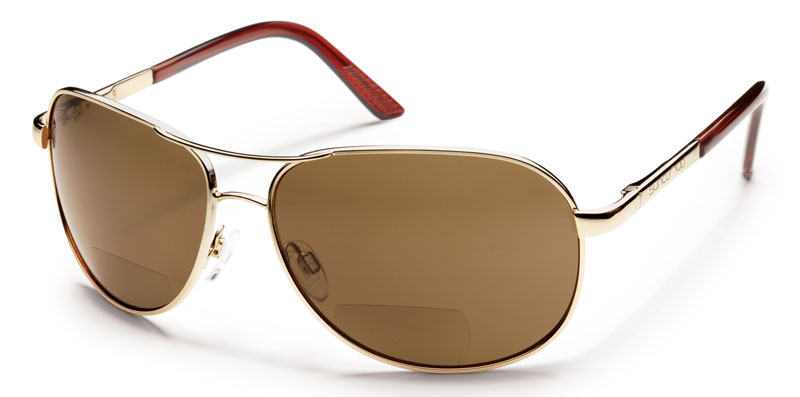
If you’re reading this article outside while sipping some mint julep, chances are, you’re wearing reading sunglasses. These are simply reading glasses that come with polarized or tinted lenses, allowing you to enjoy a food book without changing eyewear.
12. Tinted Lens
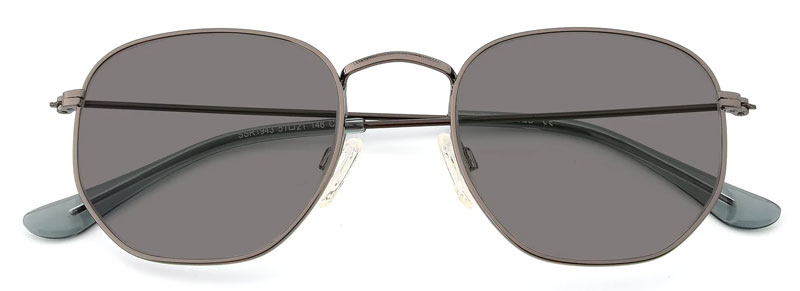
The classic tinted lens sunglasses are made by adding a pigmented dye to the lenses. Unlike regular colored sunglasses, darker tints on a pair of tinted sunglasses also add more UV protection.
While they can be found in several colors, most tinted sunglasses are brown or grey.
13. UV Lens
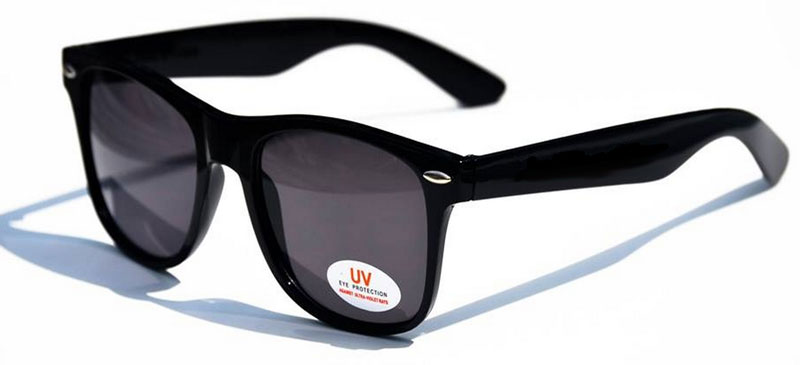
Ultraviolet radiation is good for the body in small doses, but can cause a lot of harmful effects when you’re exposed to too much of it. This includes potential eye damage.
Many sunglasses out there are listed as UV 400 and have lenses that can protect up to 100 percent of both UVA and UVB.

